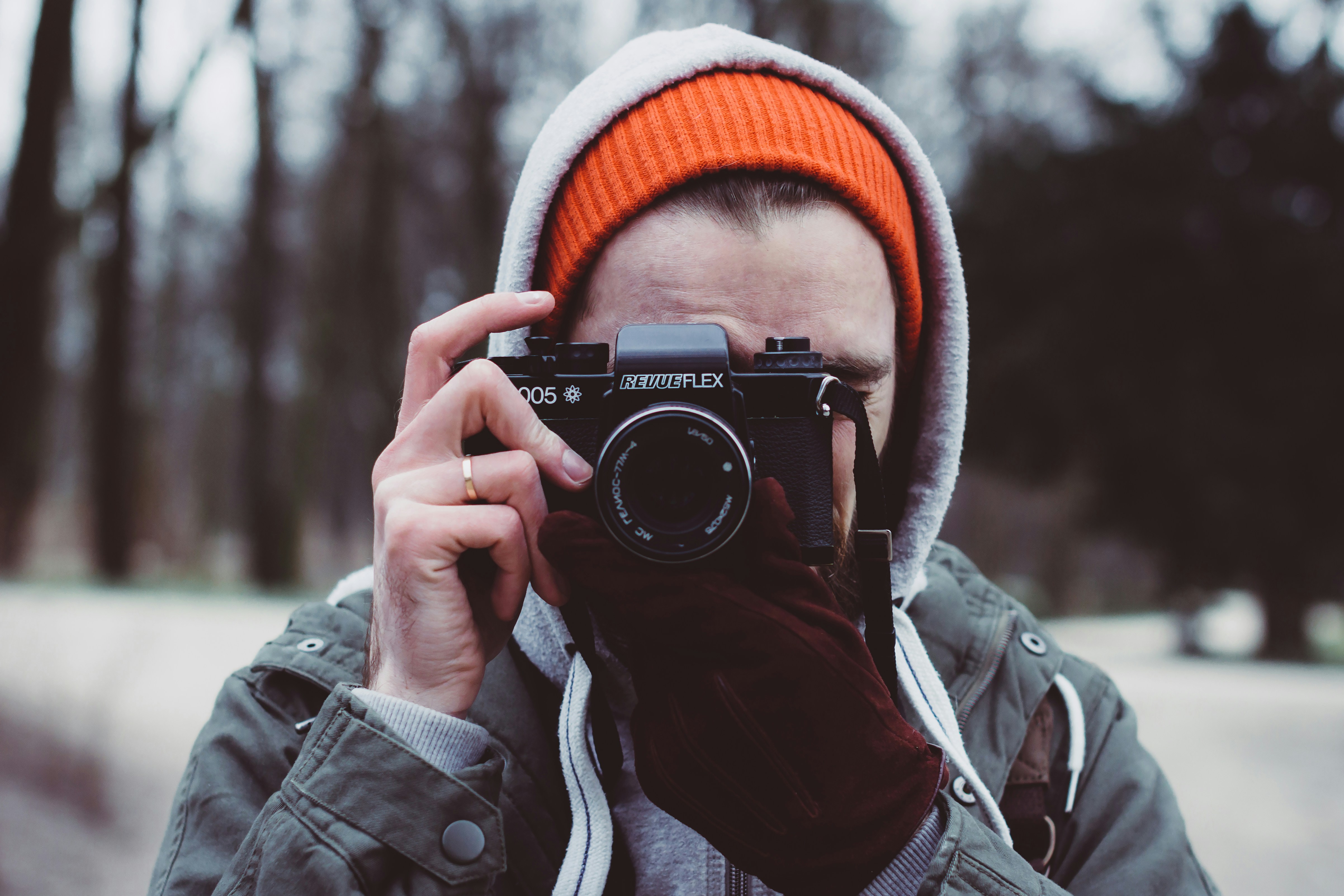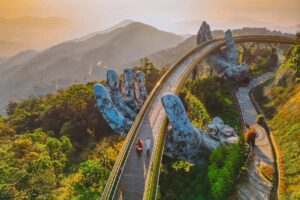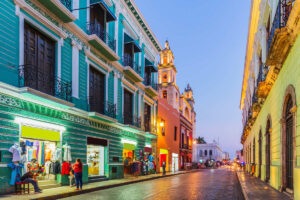What are Dark Tourism and Disaster Tourism? Beginner’s Guide
4 min read
Travel trends are endlessly fascinating.
This year, tourists across the world showed renewed interest in hospitality trends like aparthotels, social media fads like rawdogging flights, and meaningful efforts in sustainability.
Those three examples highlight what usually drives the latest travel trends: The hunt for better deals and experiences, the latest in pop culture, and overarching societal questions.
But some trends fly under the radar.
For decades, I’ve heard about two increasingly mainstream forms of travel: Dark tourism and disaster tourism. Both are likely to catch your attention, and they’re often clumped into the same category despite their differences.
But dark tourism and disaster tourism aren’t driven by trends, demographic changes, or social media challenges.
They’re driven by interest in savings and the macabre—separately, of course. Here’s what you need to know about dark tourism and disaster tourism.
What is dark tourism?
Dark tourism has two definitions.
The first covers tours related to life’s spookier destinations, such as the London Tower, Chernobyl, or the Catacombs of Paris. This fascination has been widely studied over the years and is well documented.
If you enjoy these types of dark tourist destinations, don’t feel alone or conflicted—it’s not a new trend by any stretch.
The second type of dark tourism—which I’m covering in this article—is an interest in visiting areas that are currently embroiled in upheaval and instability.
Dark tourism covers travel to destinations that are known for tense political, economic, and social situations, such as North Korea, Myanmar, or Afghanistan.
The big question is why people want to travel to these locations during periods of unrest. (I’m excluding those who travel for work, such as journalists and aid workers.)
The short answer? There’s an element of thrill in the sense of danger involved in dark tourism. There’s an element of heading into the unknown—one in which the stakes are very high.
Other fans of dark tourism are simply country counters, interested in ticking off visits like they’re shopping in a grocery store for snacks. For these types of tourists, getting a first-hand look at a country allows them to see the world for themselves rather than base their opinion on popular media.
Is dark tourism ethical?
In its broader definition of seeking out macabre sites, dark tourism isn’t usually viewed as unethical. It’s treated as one of those strange human impulses.
But dark tourism in the sense of seeking out dangerous conflict zones is usually seen as problematic.
That’s because there are growing questions around reciprocity in travel. In standard tourism, a traveler arrives with money and curiosity; they exchange funds for a cultural experience. Locals make a living while representing their culture, history, traditions, and local environment.
In areas facing instability, if not outright aggression from hostile forces, that reciprocity is thrown out of balance. In short, if locals are trying to survive a high-risk situation, tourists might only add to the stress.
That being said, what defines a ‘high-risk’ area isn’t always clear. And some places might be culturally off-limits—but not necessarily dangerous.
For example, I know a handful of Americans who have traveled to Iran despite warnings from the Department of State. They left with only positive experiences of the country, the people, and the food.
What is disaster tourism?
Let’s move on to a subset of dark tourism: Disaster tourism.
Disaster tourism focuses on those who purposefully travel to a place shortly after a disaster takes place—usually a natural disaster, but sometimes following political protests.
The idea is that areas that these areas could use the economic boost that tourism provides. Plus, travelers don’t need to be worried—tsunamis, tornadoes, and earthquakes don’t usually strike twice.
In exchange, tourists miss out on crowds. They’re usually in store for savings, too, as hotels, tours, and similar experiences drop their prices when demand is low.
Is disaster tourism ethical?
There’s no hard and easy answer to that.
Advocates for disaster tourism believe that their visits help infuse money into the economy, while also helping spread awareness of the disaster. Critics, on the other hand, say that it’s a form of exploitation.
I think the answer depends on the region and context.
If an area relies on tourism, then disaster tourism is ethical. For example, imagine you have plans to go to Puerto Rico right before a major hurricane strikes. Those who keep their reservations offer critical support to local communities that rely on tourism, from hospitality to dining to day trips.
I think that’s a pretty easy win for travelers and locals. So, if you already have your trip booked and the area in question is reliant economically on tourism, then don’t worry about the ethics.
At the same time, don’t expect the same quality of experience that you’d normally get, as services are probably a bit more limited.
Discover more from Slow Travel News
Subscribe to get the latest posts sent to your email.



